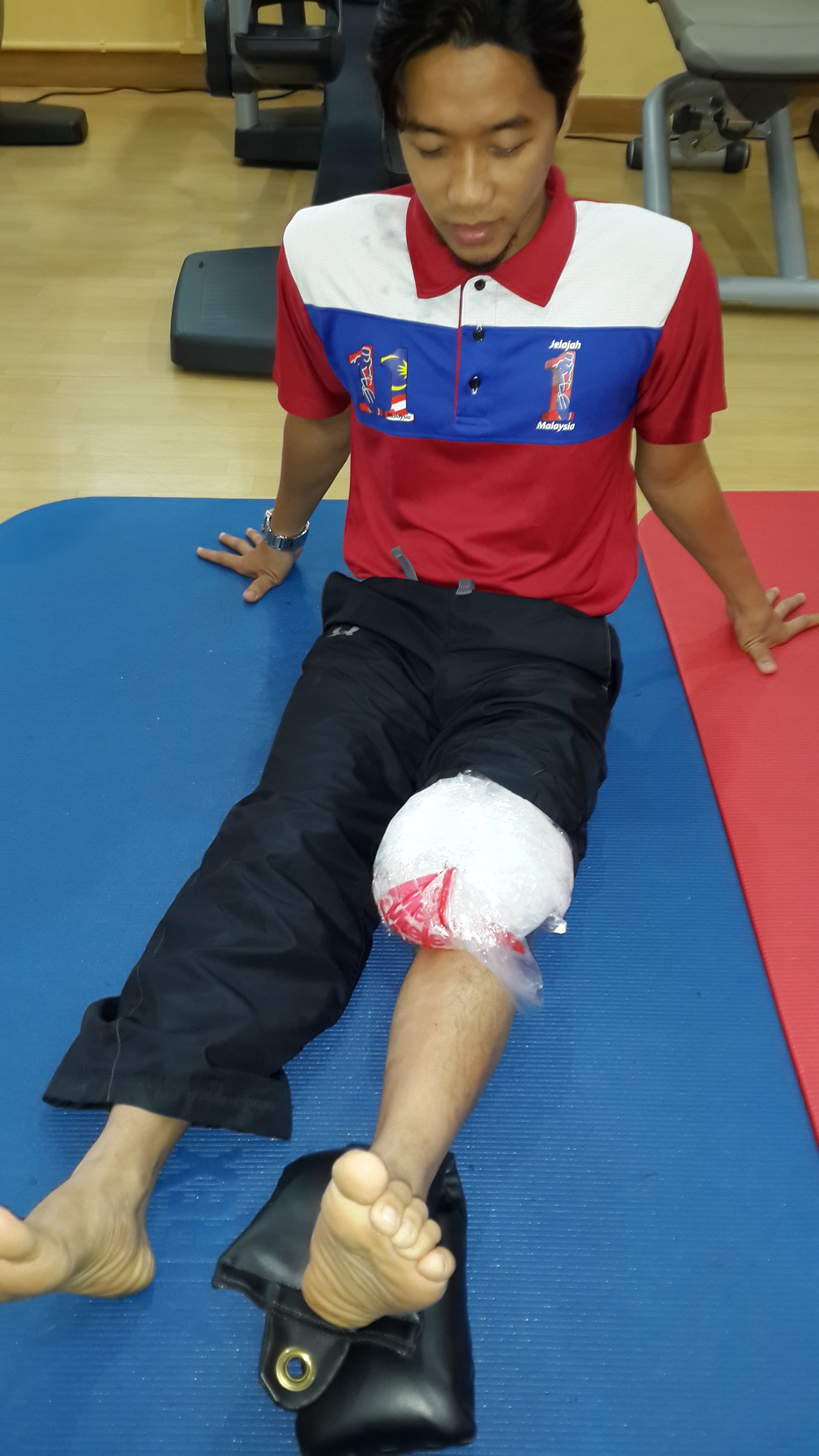Rugby is a highly demanding sport requiring agility, speed and strength. A high proportion of injuries happen especially during a tackle.


These are the five commonest injuries in rugby:
- Hamstring strain
- It is defined as an excessive stretch or tear of muscle fiber and surrounding tissues. Treatment depends on the grading of severity, which range from conservative to a surgical intervention.
- There’s a higher risk for an athlete to get a second tear if not treated properly.
- Facial and head injuries
- The severity of head injuries is greater in forward position. Facial laceration and bruises are common as well.
- Concussion also is common among players and the definitive treatment is according to the 2012 consensus conference on concussion in Zurich.
- Joint sprain – ankle and shoulder
- Ankle sprain seems to be commonest cause of injury in any sports. Lateral ligament tear is the commonest and the high rate of recurrence will lead to chronic ankle instability.
- Shoulder joint sprain especially acromioclavicular joint separation happen quite frequently. This is due to falling on the shoulder point or during tackling opponents.

AC joint separation image from www.orthogate.com
- Fractures – usually the fingers and collar bone
- Fractures of the fingers bone occur when, in an attempt to catch the ball, contact is made at the end of finger.
- Dislocation – shoulder
- Usually occur due to fall on an outstretched hand. This requires immediate treatment by medical doctor.
Because of the nature of rugby game, there is risk of injury. Due to a great deal of running, tendonitis around the knee or ankle, shin splints or bursitis is quite common.
Although these injuries are not serious, they will definitely affect an athlete’s performance with possible lasting disability if left alone.
How can you prevent injury in rugby?
- Physical preparation
- This includes conditioning, warming up, stretching and cooling down.
- Develop the individual and also team skills before playing in competitive games.
- The greater the skills, the lesser chances of getting injured. Tackling should be the focus of regular training.
- Proper protective equipment
- Mouthguards should be worn at all times during training and games. It should be replaced if there’s a defect.


- The use of headgears does not reduce the rate of concussion but able to reduce risk of lacerations.
- Players should recognize that injuries could still happen to themselves and other players despite wearing protective gear.
- Use good techniques and practice
- Try to remain on your feet at the breakdown. Regular training of correct team play for the breakdown is important and this is how you prevent foul play.
- Follow the correct techniques for de-powering the scrum at all times.
- Regular education to players and coaches are essential in order to update themselves with latest techniques.
What to do if there is an injury?
Firstly, do not panic. If there are recognizable signs of serious injury such as copious bleeding or body parts bent away from normal position, do not hesitate to get help from those who are expert.
Here’s a step to be taken for giving initial treatment:
- Wait it out
- The first thing is the player have to determine whether there is mild, moderate or severe pain at the injury site.
- It is actually a good idea to wait for few moments and see the progression of the pain to determine its severity.
- Examine the site
- Look for any distinguishing features other than the pain such as:
- ?
- swelling
- discoloration
- loss of movement
- numbness or tingling sensation
- affected site is warm to your touch
?
?
?
?
- If none of the above signs are noted, attempt to move the affected area and if the player is still in the field, help support him/her out of the field.
- Look for any distinguishing features other than the pain such as:
- R.I.C.E the injury
- The R.I.C.E method is used mainly for acute injuries. Nevertheless it also can be applied for chronic or severe injuries before getting the player to the nearest medical facility.
- This method consists of four parts:
- Rest – Continuing to use the affected area will worsen the injury.
- Ice – Applying an ice or cold object will help to reduce the pain and also prevent the swelling to be increased.


- Compression – When not icing the area, make sure apply some amount of compression with bandages at comfortable degree as to limit the swelling.
- Elevation – Elevation above the heart level will help to reduce the amount of swelling. Putting a few pillows or folded blankets should be fine.
References
1. Clinical Sports Medicine, Peter Brukner and Karim Khan
2. www.orthosports.com.au
3. www.betterhealth.vic.gov.au
| Last Reviewed | : | 22 Jan 2014 |
| Writer | : | Lt. Kol. Dr. Ridzuan b. Azmi |
| Accreditor | : | Prof. Madya Dr. Ahmad Tajuddin b. Othman |







